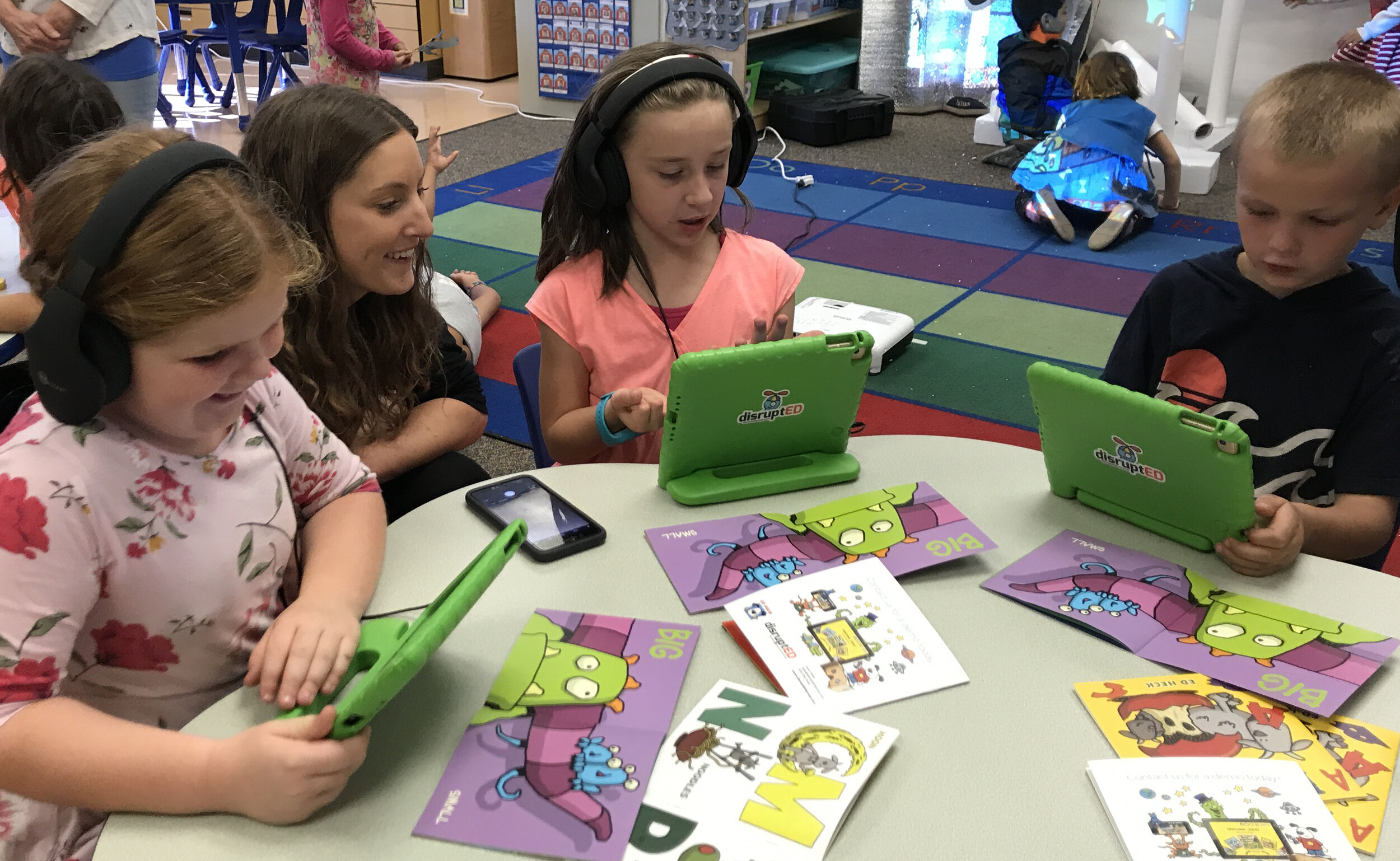A Simple Way To Understand Immersive Learning
Pause for a second and imagine the last person you met for the first time. What stands out more in your mind: the name or the face?
If you’re like 70% of the population, you remember the person’s face more than their name (if you even recall the name).
Why is that? It’s simple. A name is two-dimensional. You hear a name, or you can read/write a name. Meanwhile, a face is three-dimensional. It reveals sounds, expressions, and emotions. All of this data is computed by your brain and stored as a memory. It’s a more natural way to learn for many of us.
Traveling is another way to illustrate this idea. If you flipped through a picture book of Hawaii, would you have better memories than if you walked through the sand, felt the surf, snorkeled with fish, and tasted the Mahi Mahi? Not a chance. Experiences improve and enhance your memory retention.
This is the concept behind immersive learning, which is learning within a simulated or artificial environment. The goal of immersive learning technology is to improve people’s ability to absorb information and to accelerate their learning in a fun and interactive environment. Immersive learning brings learning to life by engaging your senses!
We at disruptED feel strongly that immersive learning is particularly important among children, who are sponges for knowledge, but have short attention spans. The more engaged children are in learning, the more knowledge they’ll gain.
disruptED delights in inspiring children’s natural curiosity. We created the disruptED learning app and Starter Kit to help kids from pre-K to 3rd grade learn basic reading, spelling, and math fundamentals in a whimsical and immersive environment thanks to AR and VR technology.

